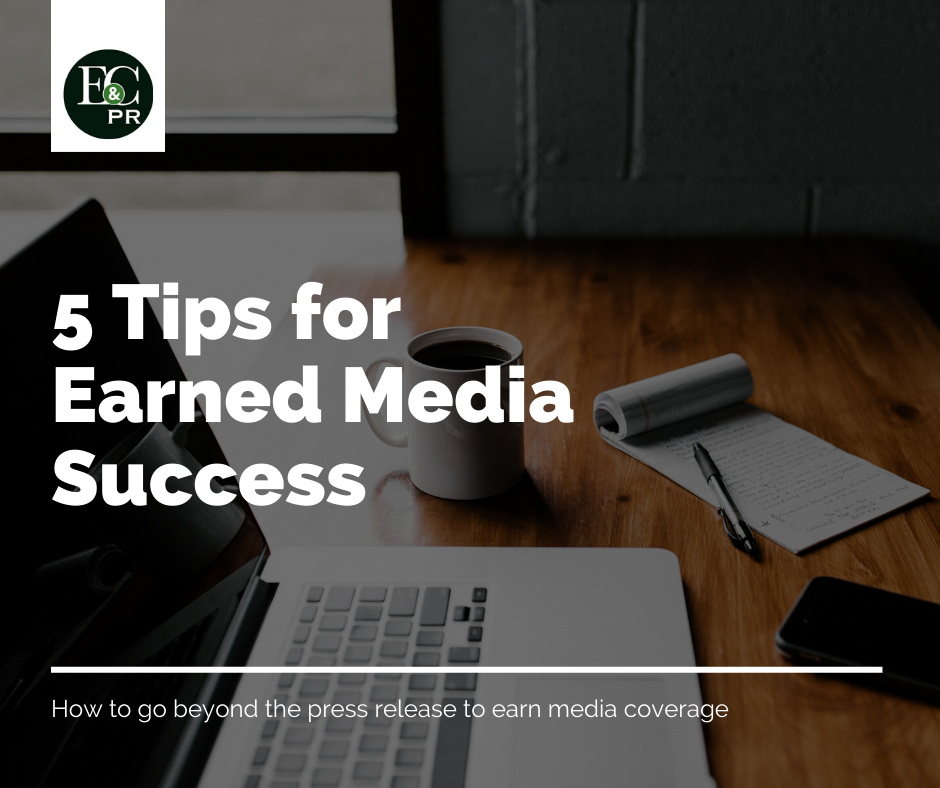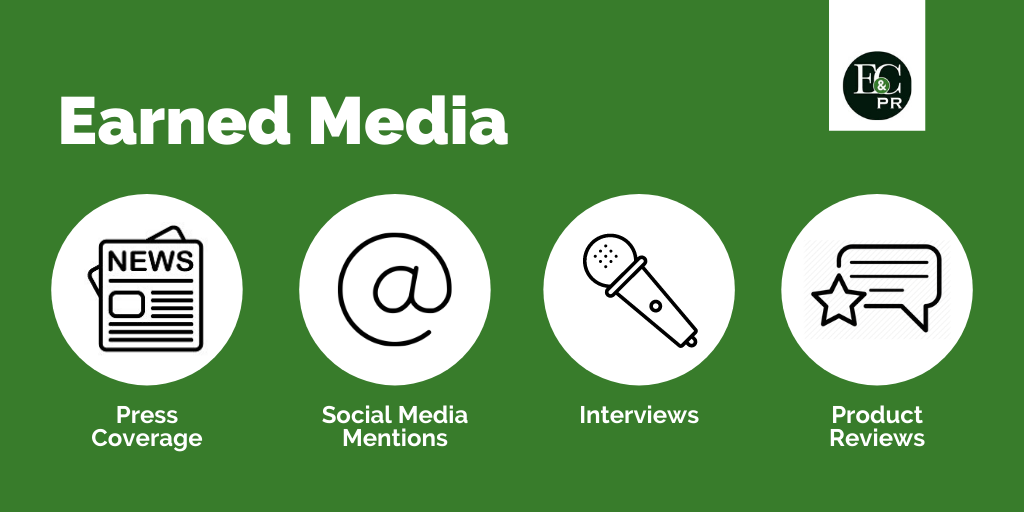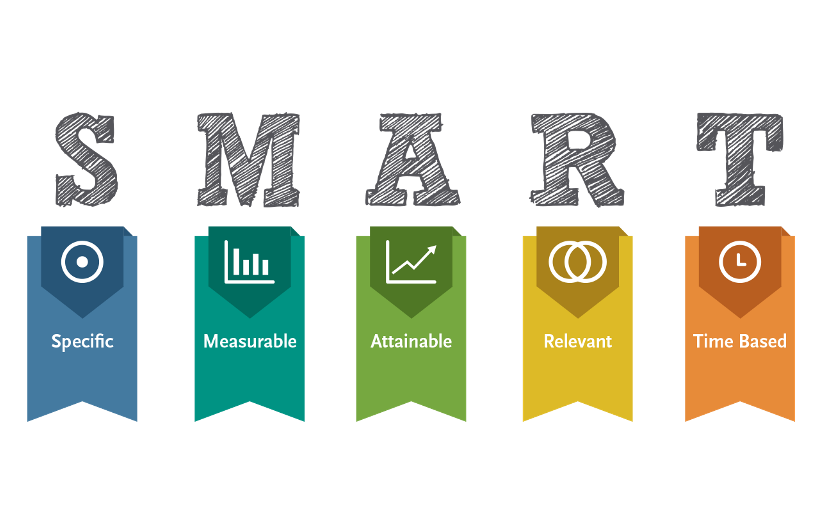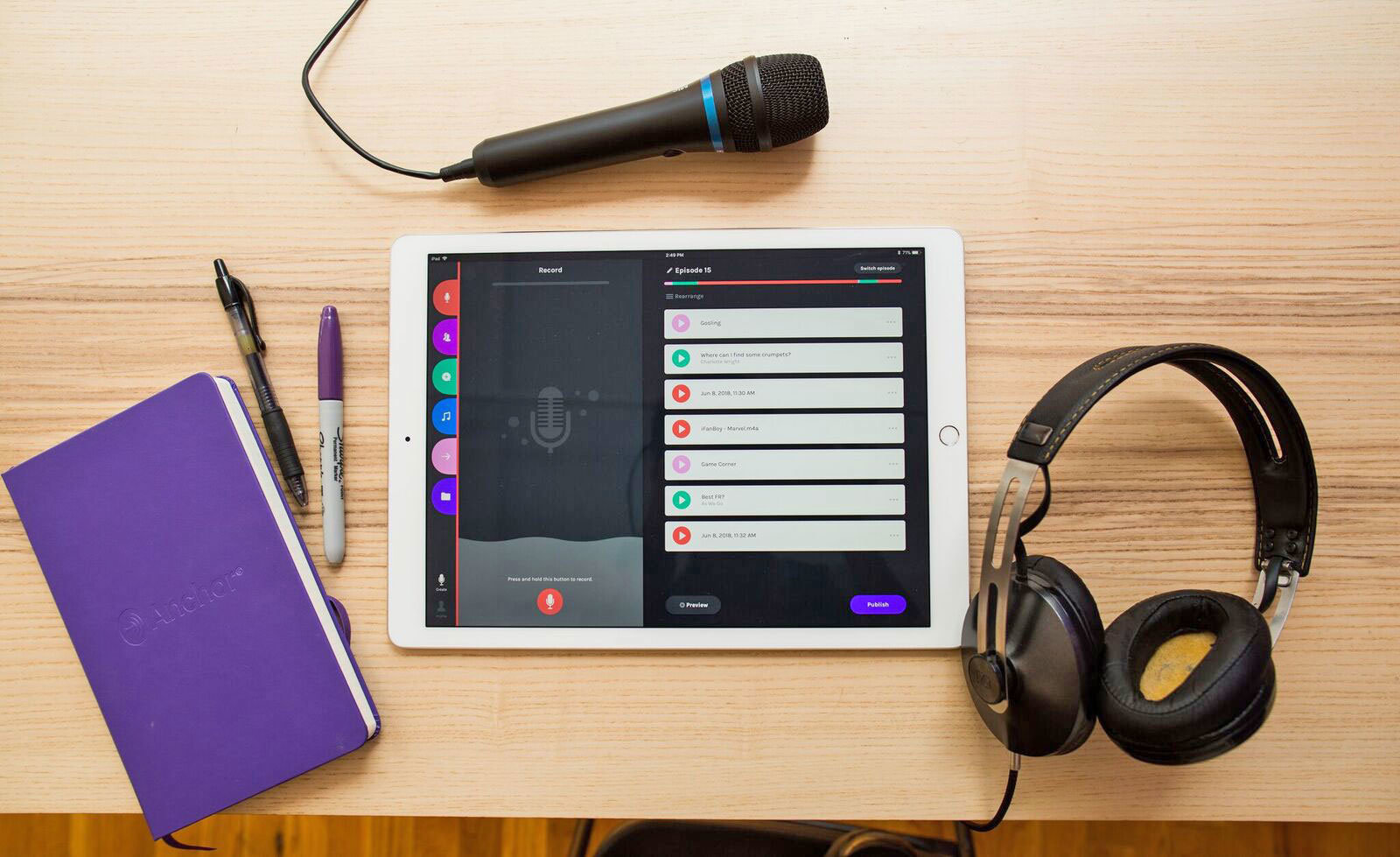
The identities of the millions of brands in the global marketplace are as unique as the fingerprints of the billions of people in the world. No matter how similar two brands may be, each has a unique identity, or fingerprint, that makes it distinctive and one-of-a-kind. How do some brand managers strive to have their brands stand out in a crowded market and differentiate their product or service offerings from those of their competitors? While the answer to this involves a complex overview from creative messaging to budgeted output, it all comes down to strategic branding and branded content.
Branding, as defined by the Public Relations Society of America (PRSA), is the process of creating and disseminating a brand name. It can be applied to an entire corporate identity as well as to individual product and service names. The process involves producing and communicating creative information about a business’s identity, reputation and what sets it apart from the competition in its specific industry or sector.

Branded content strives to establish professional and emotional connections with consumers and target audiences. It consists of creating content that engages, educates and entertains the consumer, which encourages brand awareness, recognition and trust. Personifying your business and driving connections through story-driven content is essential when building a memorable and reputable brand. Doing so draws people to your company and helps them distinguish your business, products or services from the rest.
Many people may recognize a brand based upon its logo or colors, but it is the content that truly communicates the personality and values of a brand, along with the quality of a product or service. Brainstorming branded content ideas offers the opportunity to define your brand in more detail than just a logo or name. Whether you are creating a tagline or slogan, blog post, newsletter, video, podcast, case study, or other marketing tool, every piece of content you publish reflects your brand. Therefore, while some feel it is easier said than done, it is important to keep your content consistent across all of your branding materials.
Well-written, consistent content can promote brand recognition, leading targeted customers or clients – whether business-to-business or business-to-consumer – to associate the content with your brand and the specific products or services your business offers. Effective branded content can inform, improve or reinforce consumer perception of your brand and, more purposefully, what it stands for. Furthermore, content consistency can enhance and grow your business by promoting your unique brand identity and making your brand become more recognizable and favorable to your target audience.
Here are five tips to writing branded content that can help you better grasp how to generate sales leads for your business and brand success.
Tip #1: Develop and uphold brand standards.
Writing branded content starts with developing brand standards, which are a set of guidelines on how your brand should be represented and communicated to your target audience as well as the general public. Your brand standards and guidelines should serve as a resource, both internally and externally, offering information and instructions on how to properly use all brand assets. From logos and typography to mission statements and messaging, it is important to align all aspects of your brand, so it comes across in a uniform manner to your targets, and, ultimately, so your brand identity, values and products or services are reflected accurately.
Many ask, “Do I need a brand standards guide?” The answer is a resounding, yes. Once your brand standards have been developed, you can and should utilize and refer to them when writing branded content for your business. By implementing your new brand standards, you can ensure the content being written is on-brand and properly emulates your brand identity. Since your business is built upon its brand identity, upholding your brand standards will allow you to present a consistent and cohesive brand to the public.
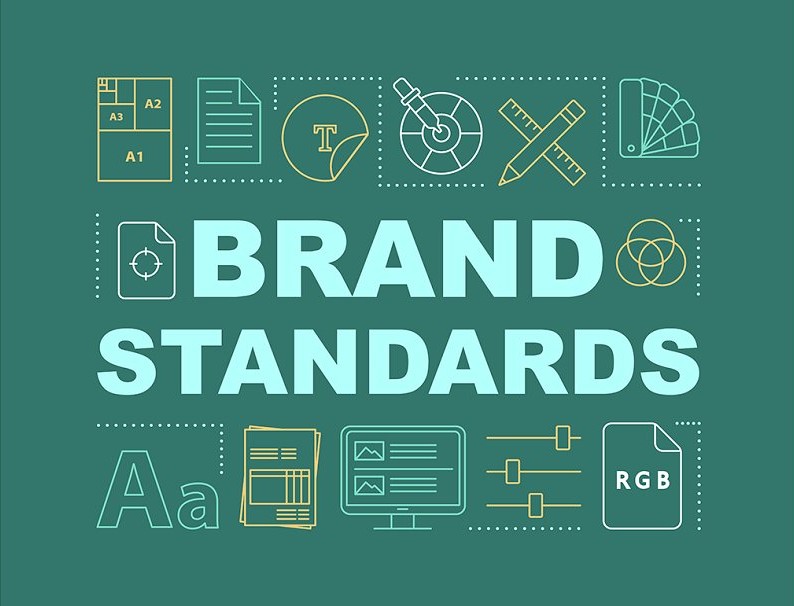
Tip #2: Communicate your brand story and key messages.
Your brand story and key messages can shape how consumers perceive and interact with your business. Taking the time to craft a creative, authentic brand story and communicate your key messages can influence, encourage and enable consumers to form a personal connection with your brand. Delivering a strong brand story and story-driven content can reinforce your brand identity, values and persona without making your target audience feel as though you are trying to “sell” them on your products or services. Rather, you will be offering real value and insight into your business, which motivates consumers to engage and connect with your content, brand and personnel.
By repeating your story and key messages across all forms of branded content, you will instill your brand identity in the minds of consumers every time they see your logo, visit your website, read your blog, view your advertisements, read your news, and receive your email campaigns. As a result, they will remember your brand and positively associate your content with the products or services you provide, giving your business the competitive advantage it needs to stand out and succeed.
Tip #3: Avoid jargon and focus on clarity.
Clarity is key when it comes to writing effective branded content. Messages can be obscured by jargon, slang and buzzwords, causing the content to be confusing and difficult to read or understand. The goal is to create straightforward and readable pieces of content that are well-written and have the consumer or your ideal client in mind. Your branded content should be catered to your target audience, and you should use natural language to communicate true value through individual thoughts or ideas.
If you keep your messages clear and concise, consumers will gain a better understanding of what exactly you are communicating. Plus, the messages will come across as more powerful, effective and credible.
If your objective is to draw leads and prospects, the goal should include writing genuine content with unparalleled resources and insights from your company thought leaders. To achieve this, put your writing through a phased approach to evaluation and proofing. Given you have a meaningful and grammatical handle on the content, consider beginning with the quintessential outline that takes into account intended content that exudes value and interest, punctuated with well-researched words and phrases to grab the attention of your audience.
Writing engaging content customers can find online is part of the project. Then, it must draw them in within seconds and hold their attention long enough to appreciate what your brand has to say and offer. One without the other does not cut to the chase of results-oriented content.
Tip #4: Maintain a consistent brand voice.
As we touched on earlier in this blog post, brand consistency leads to brand recognition. Thus, maintaining a consistent brand voice and tone is crucial when writing branded content. It is essential to have an established, distinct voice because it makes your brand, products and services highly identifiable to your target audience and the public.
If you are still in the process of building your brand voice, asking yourself the following questions may help you establish it:
- How would you describe your brand in three words?
- How will you incorporate those traits into your brand messaging strategy?
- How will you communicate and deliver those messages to your target audience?
A consistent tone of voice creates a strong brand for your business and positions your company as a trustworthy resource in your field of expertise. If your voice is rooted in your unique brand identity, your content and messaging can grab attention, strengthen relationships and build affinity with your target audience over time. The more consistent your brand voice is, the more distinguishable and trusted your branded content will be in the eyes of consumers.

Tip #5: Optimize your content for SEO.
Search engine optimization (SEO) helps your target audience discover your content. We recommend optimizing branded content by including keywords and phrases that are unique and relevant to your brand. Doing so will help people find information about your business, products or services when they search online. By infusing your branded content with SEO, you can maximize the visibility of your brand and broaden your audience and reach.
When optimizing branded content, think about what your brand offers and how your products or services can provide solutions to the problems or challenges consumers or your wish list of clients may face. Then, consider the possible, practical words and phrases your target audience might enter into the search engines to find products or services such as yours. Be innovative with your SEO-focused content, and research and include key words and phrases your targets may search online when they are looking for ideas or solutions like the ones your business provides. As you plan your content, you can and should consistently target words and phrases with high search rankings and applicability to your area of expertise. In time, the result will yield content that is easier for your audience to locate.
Incorporating SEO into your content can not only increase search traffic and brand awareness, it can also create a positive brand experience for your potential customers or clients and compel them to make a purchase.
At Eberly & Collard Public Relations, we design brand-building programs and campaigns that include comprehensive solutions, strategies and standards; are client-customized; and offer returns-on-investment. Our branding team produces creative concepts that serve as baselines for yielding tangible results via marketplaces in which our clients are attempting to progress their business objectives. Contact us to learn more about our strategic branding services.




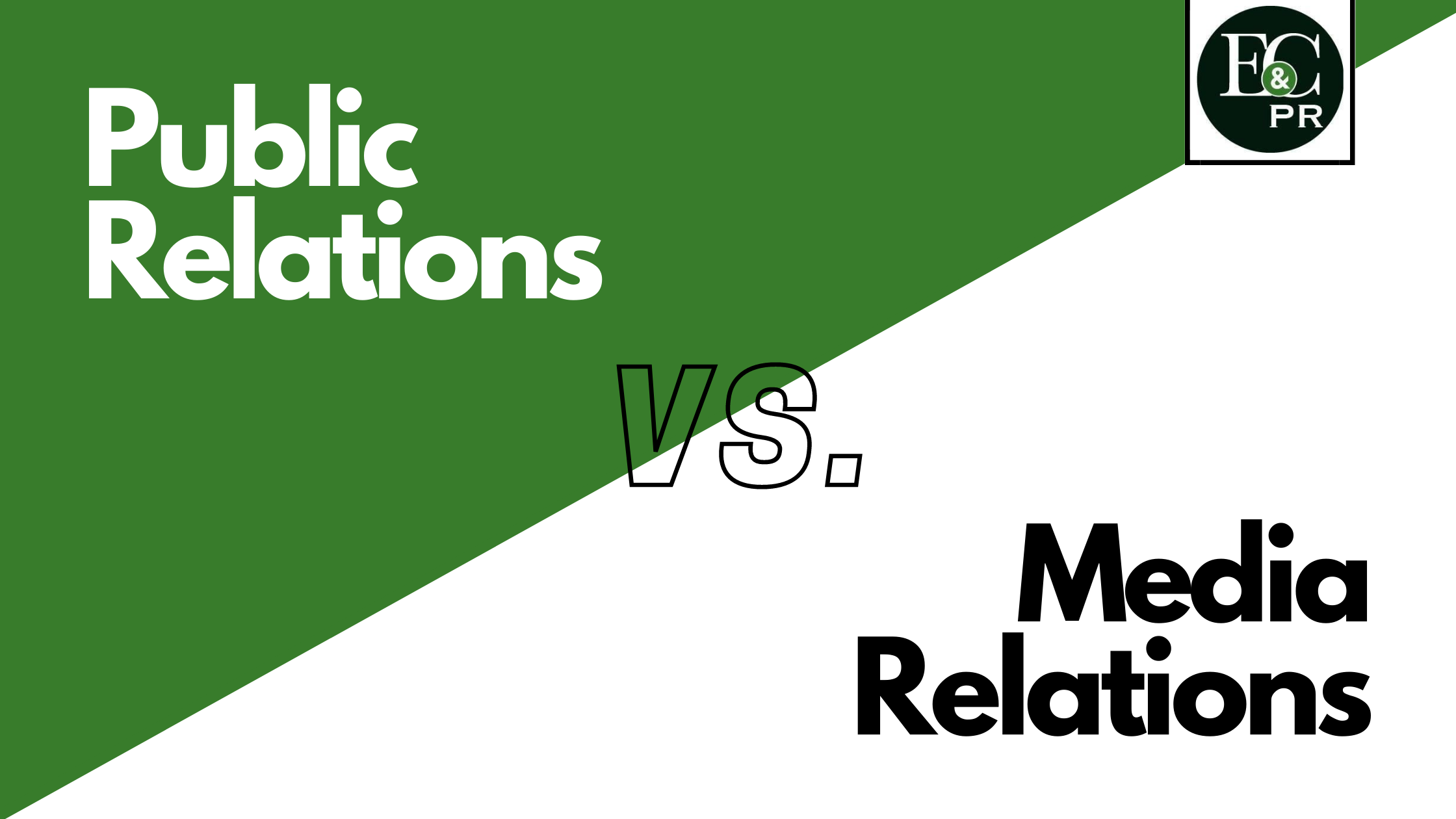





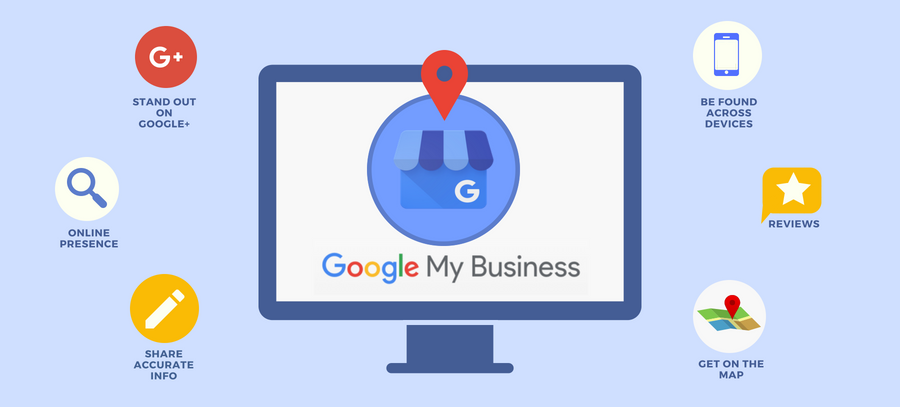
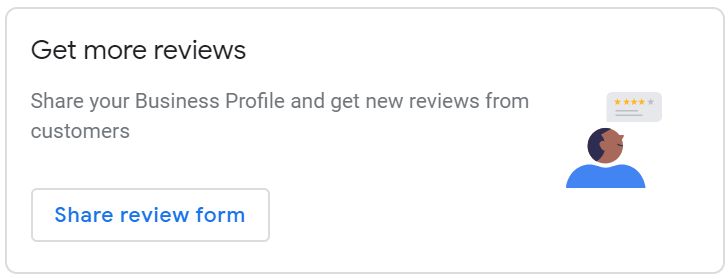
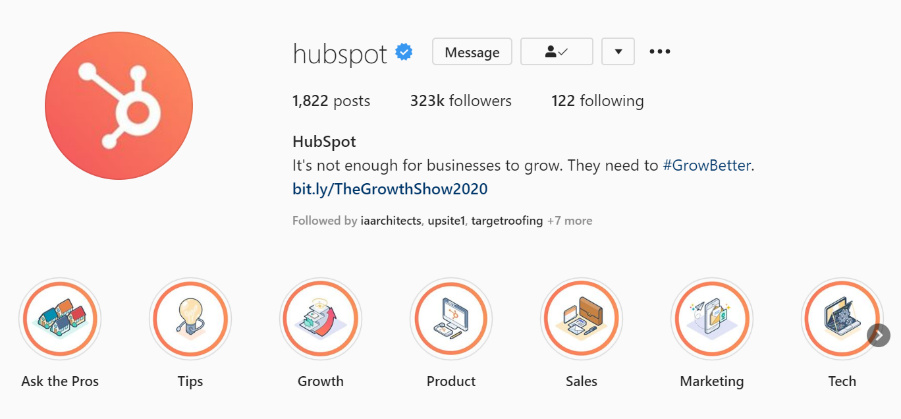 In addition to HubSpot’s strategic use of Instagram Highlights and Stories, their organic (i.e. unpaid) posts are also a great case study in how B2B businesses can utilize unpaid social media via Instagram. Throughout their feed, HubSpot creates helpful, creative and encouraging content that does not sell their software, but
In addition to HubSpot’s strategic use of Instagram Highlights and Stories, their organic (i.e. unpaid) posts are also a great case study in how B2B businesses can utilize unpaid social media via Instagram. Throughout their feed, HubSpot creates helpful, creative and encouraging content that does not sell their software, but 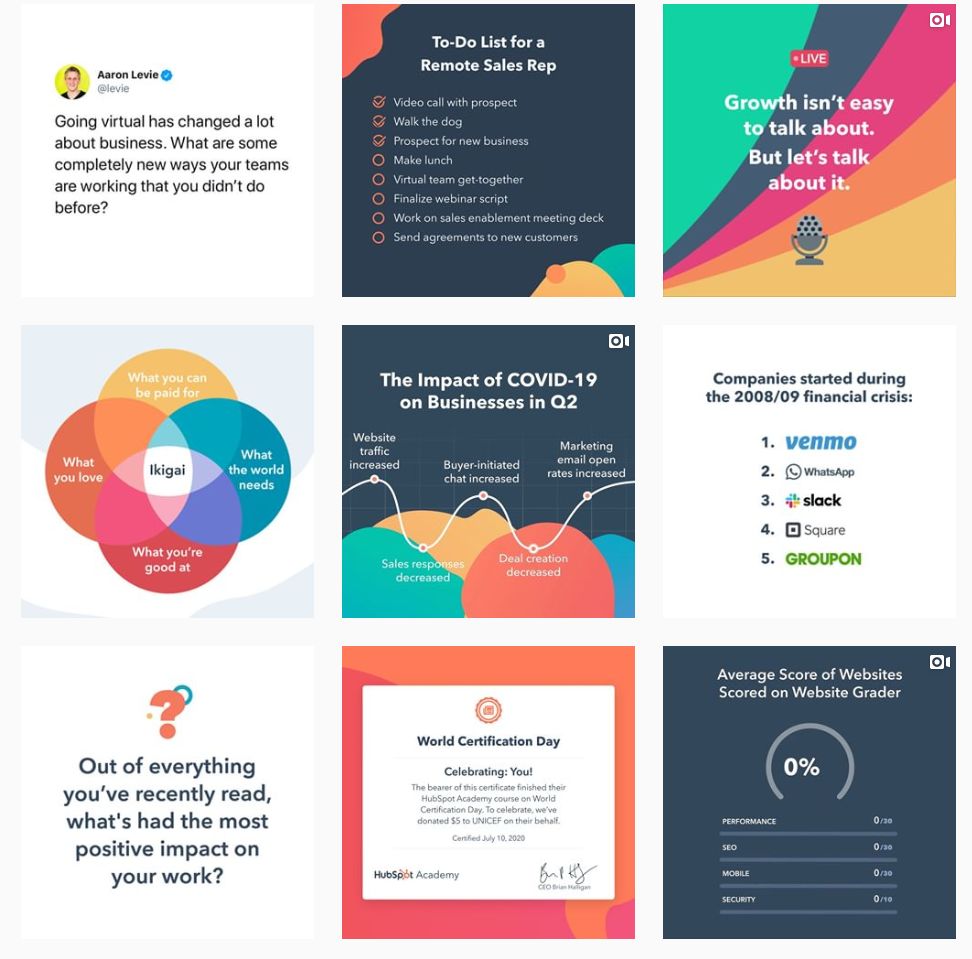
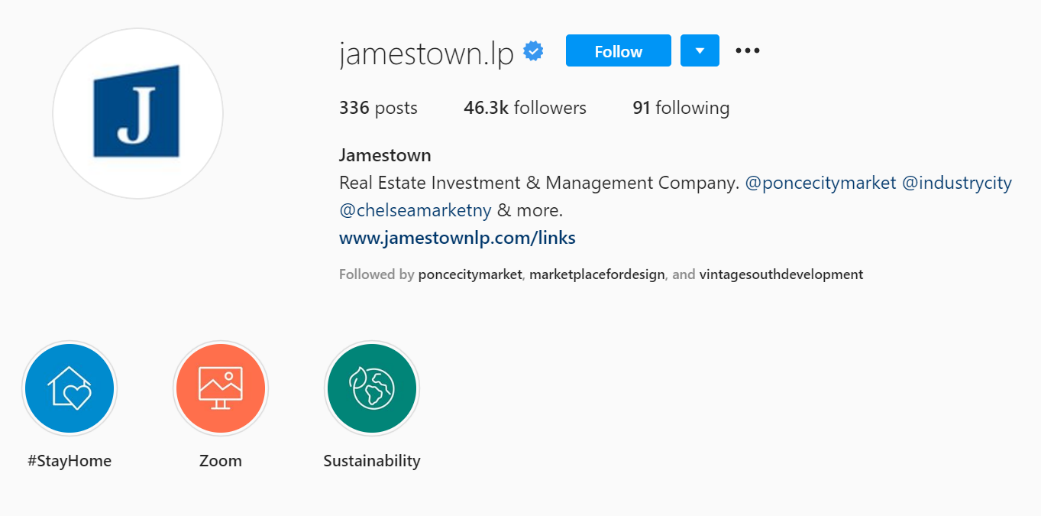 Jamestown’s Instagram also tells a story of how a B2B business that exclusively sells an in-person experience is operating in the middle of a pandemic, when it is recommended people spend their time away from other people in enclosed spaces.
Jamestown’s Instagram also tells a story of how a B2B business that exclusively sells an in-person experience is operating in the middle of a pandemic, when it is recommended people spend their time away from other people in enclosed spaces. After a quick scroll, you can easily find that Jamestown is profiling all the wonderful work their tenants are doing – don’t you want to be a part of this culture of innovation by becoming a Jamestown tenant? This is the question Jamestown is hoping you are asking yourself.
After a quick scroll, you can easily find that Jamestown is profiling all the wonderful work their tenants are doing – don’t you want to be a part of this culture of innovation by becoming a Jamestown tenant? This is the question Jamestown is hoping you are asking yourself.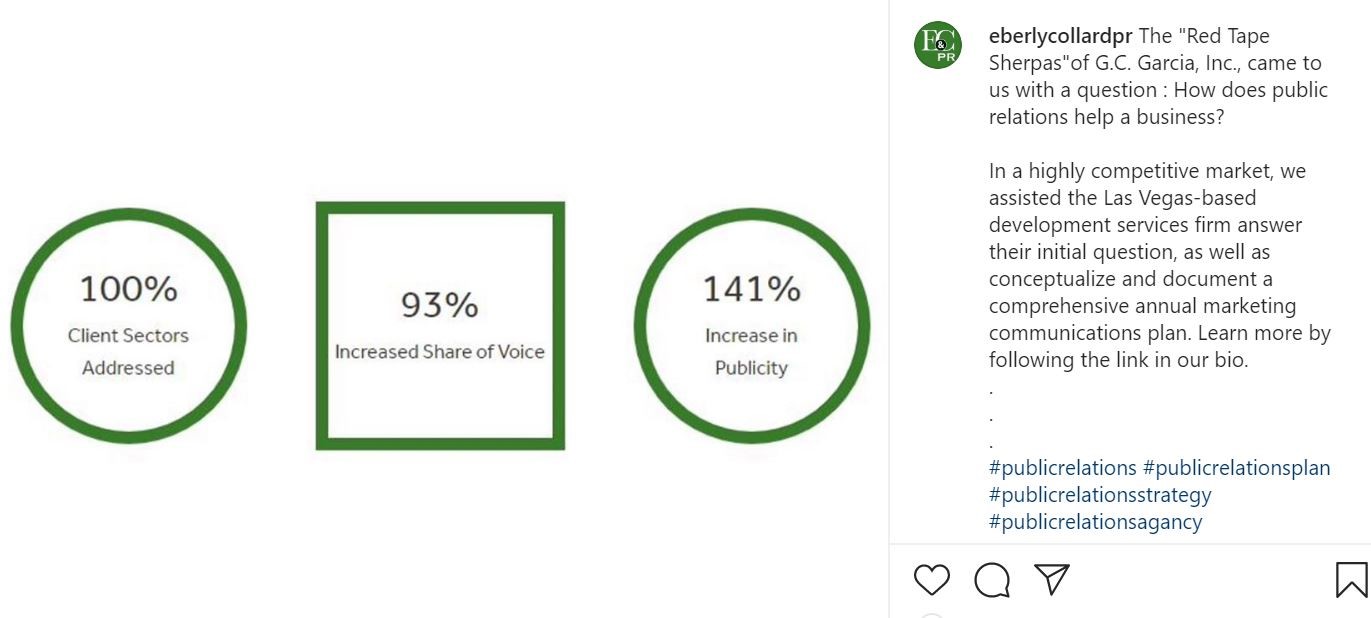 Though these case studies are many times viewed by users organically entering our website, whether through google or another search engine, Instagram allows us another channel to deliver this information to potential clients. And, since these case studies are often lengthy, Instagram gives us a platform to creatively package and deliver them to our followers in a way that is not inconvenient for them to view and is rewarding in some way.
Though these case studies are many times viewed by users organically entering our website, whether through google or another search engine, Instagram allows us another channel to deliver this information to potential clients. And, since these case studies are often lengthy, Instagram gives us a platform to creatively package and deliver them to our followers in a way that is not inconvenient for them to view and is rewarding in some way.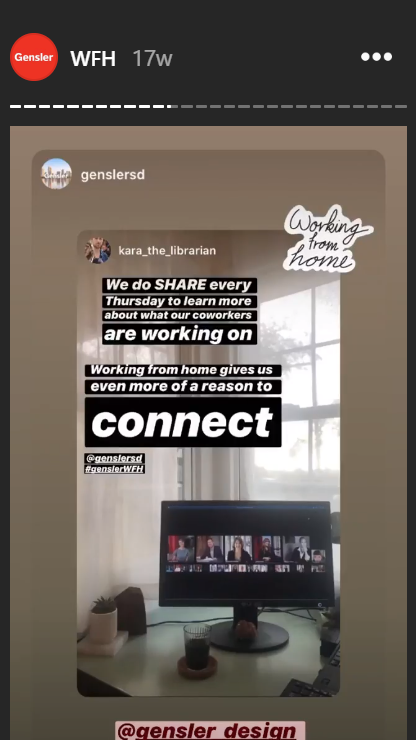 How could you apply something like this to your own business? Show your clients and customers it has been business as usual by encouraging employees to take pictures of their at-home workspace, tagging your company’s handle and then adding their WFH experiences to your company’s Instagram story.
How could you apply something like this to your own business? Show your clients and customers it has been business as usual by encouraging employees to take pictures of their at-home workspace, tagging your company’s handle and then adding their WFH experiences to your company’s Instagram story.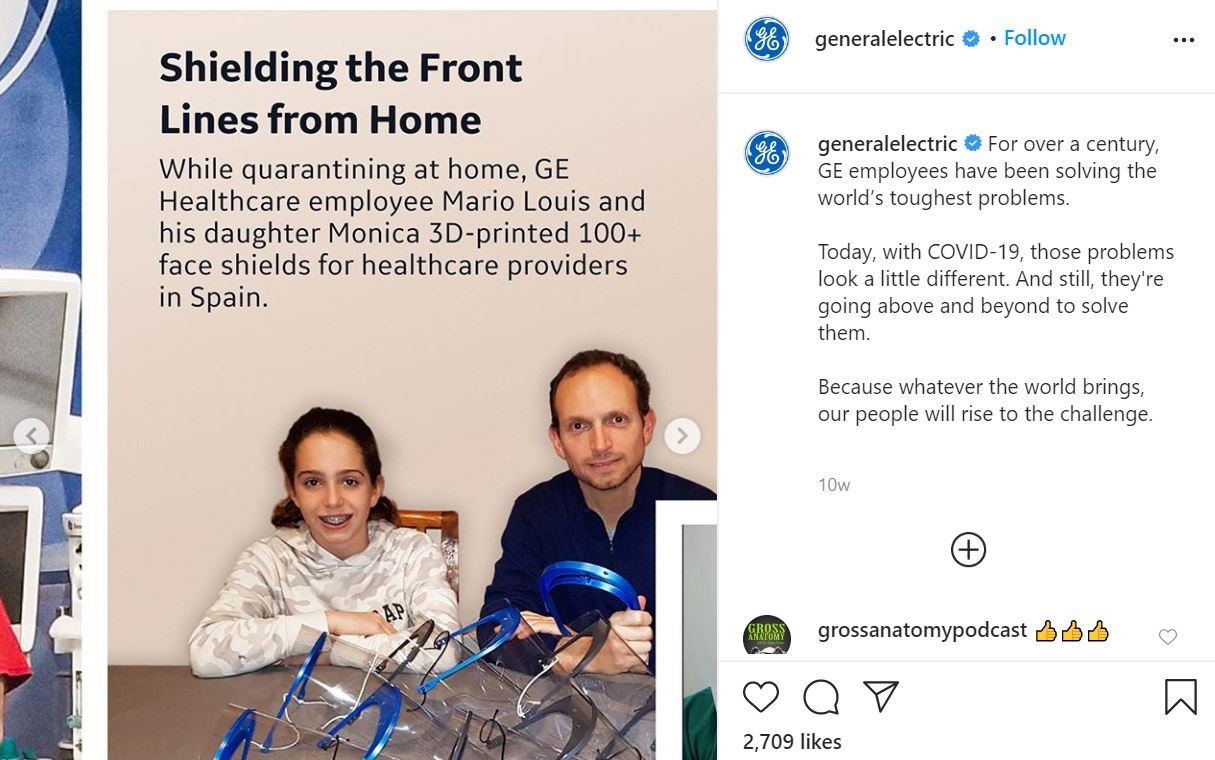 Unpaid Instagram for B2B companies can be a gamechanger in the cost-efficient economy we are currently working in right now. This organic content, which can be created in-house or by a fully integrated marketing agency, is a relatively low-risk, low-cost way to attract new business, and retain current business.
Unpaid Instagram for B2B companies can be a gamechanger in the cost-efficient economy we are currently working in right now. This organic content, which can be created in-house or by a fully integrated marketing agency, is a relatively low-risk, low-cost way to attract new business, and retain current business.